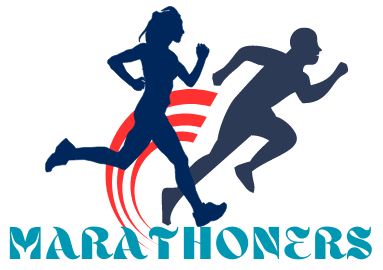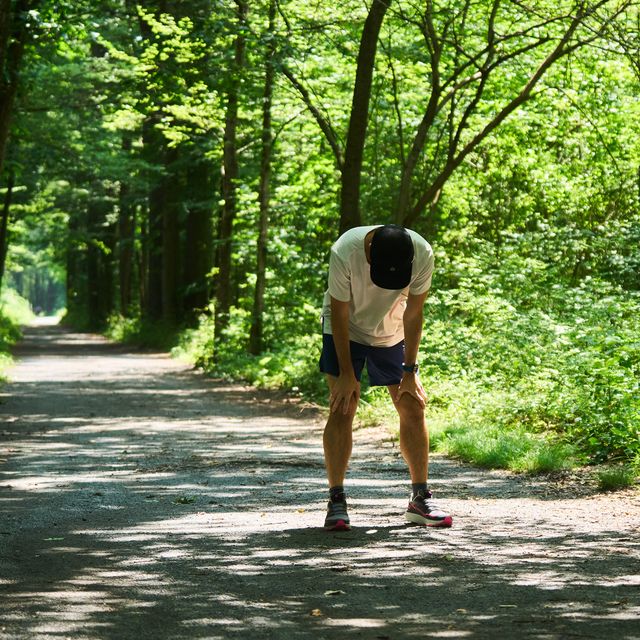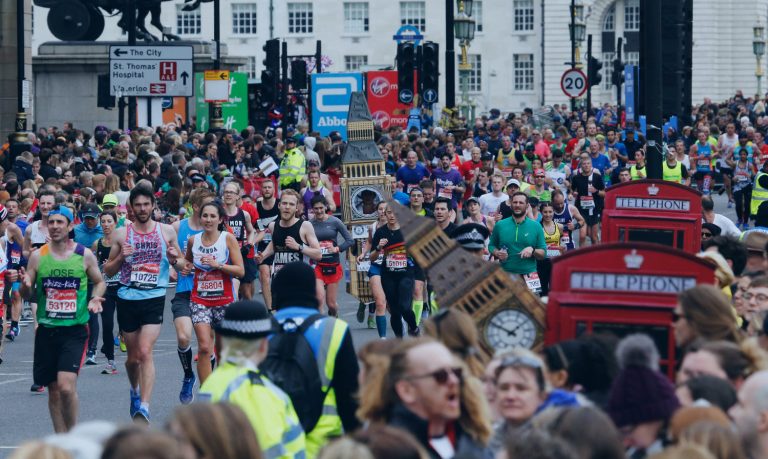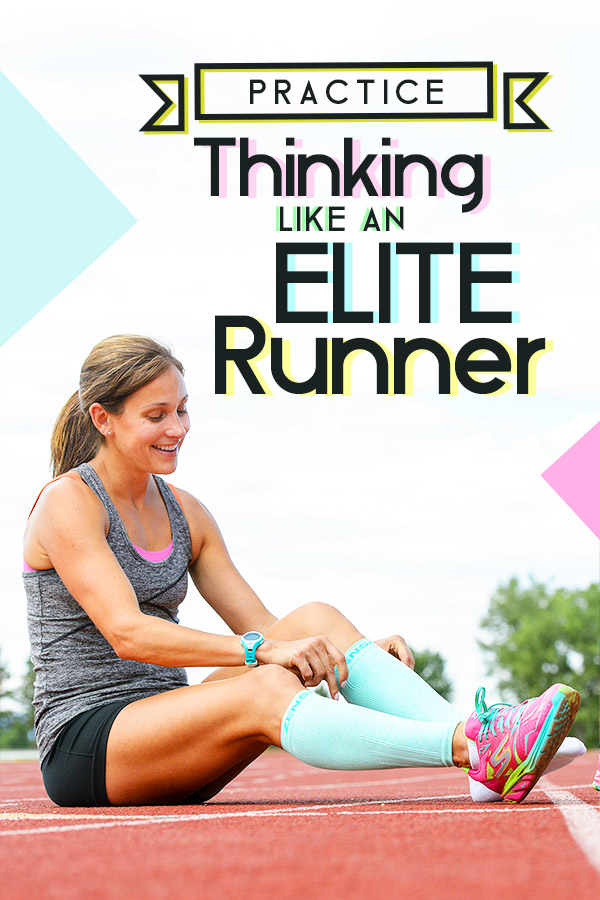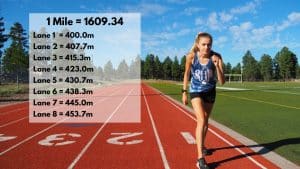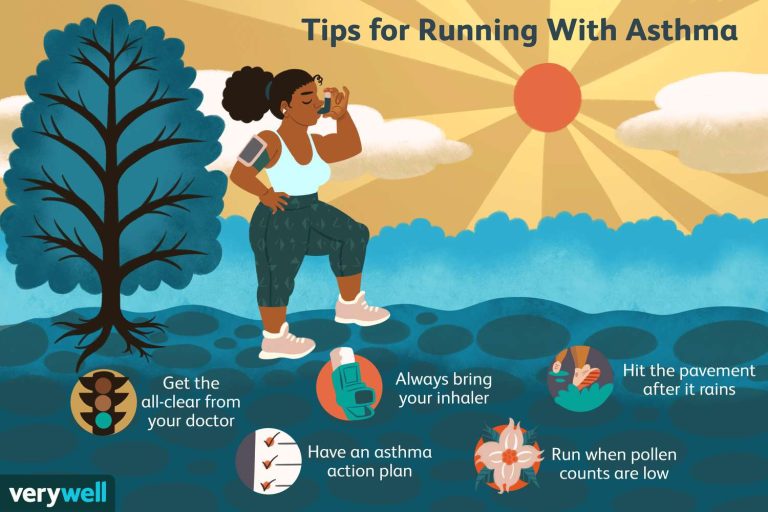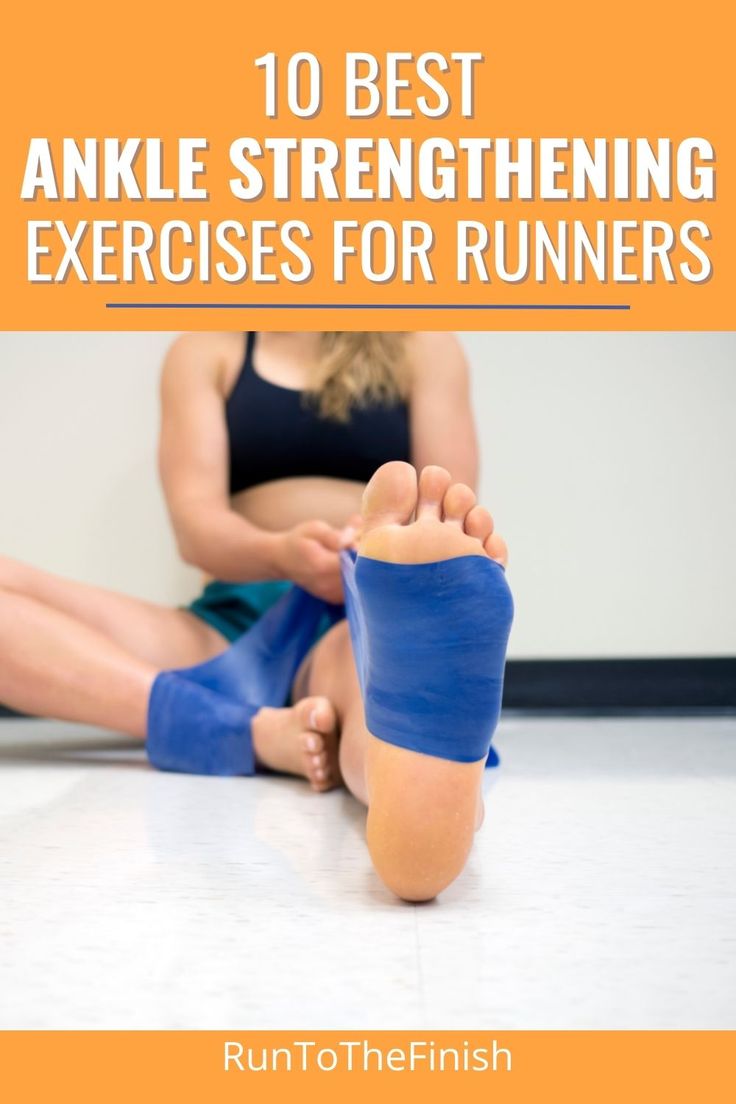The Lost Art of Running by Shane Benzie
Shane Benzie’s The Lost Art of Running explores how modern life dulls our natural movement. Benzie travels the globe, studying runners from elite athletes to indigenous communities. He reveals how our body’s fascial system powers elastic, efficient running. The book shows simple, practical steps to rediscover pain-free, joyful movement through mindful technique and everyday habits.
Who May Benefit from the Book
- Casual runners seeking to improve form and reduce injuries
- Coaches looking for fresh movement insights
- Fitness enthusiasts curious about biomechanics
- Rehab patients aiming to restore natural motion
- Anyone wanting a deeper mind-body connection
Top 3 Key Insights
- Elastic fascia stores and returns energy, making running effortless.
- Modern sedentary lifestyles weaken natural movement patterns.
- Simple drills and posture habits restore efficient, injury-free running.
4 More Lessons and Takeaways
- Dynamic bounce is healthy: Controlled vertical oscillation fuels better leg turnover and energy return.
- Optimal cadence matters: A rhythm of 175–185 steps per minute syncs with our fascial spring.
- Posture affects power: A slight lean from the ankle and a lifted gaze conserve energy and protect the spine.
- Mindful focus enhances performance: Mental checklists, positive self-talk, and visualization sharpen technique and reduce fatigue.
The Book in 1 Sentence
A global journey proves that mindful form and fascia-driven elasticity can restore running’s lost simplicity and joy.
The Book Summary in 1 Minute
Benzie shows how modern habits erode our innate running skills. He explores elite and indigenous runners, revealing fascia’s elastic force. He teaches drills to revive natural bounce, ideal cadence, and proper posture. He emphasizes mindset tools—mental checklists and visualization—to refine form. Practical everyday tips make running smoother, safer, and more enjoyable.
The Book Summary in 7 Minutes
Benzie begins by recounting his own struggles with injuries and stiff form. He heads to Ethiopia and Kenya, observing runners who move with fluidity. He contrasts their effortless style with Western runners’ fatigue and joint pain.
Rediscovering Elastic Power
Our body’s fascia acts like springs linking muscle and bone. Each stride stores energy in this network. Releasing it propels us forward with minimal effort. Benzie illustrates this through slow-motion videos and hands-on drills that awaken our elastic recoil.
Modern Life vs. Natural Movement
Daily sitting, desk work, and slouched posture teach our body to move stiffly. Benzie calls this “negative nurture.” It shows up in tight hips, collapsed chests, and heavy footfalls. He prescribes basic daily stretches and movement breaks to counteract these effects.
Embracing Vertical Oscillation
Contrary to common advice, some bounce helps us load the fascial spring. Benzie advises practicing small hops and rebound drills. Runners learn to feel the right amount of lift to boost turnover and stride length.
Finding Your Best Cadence
Benzie finds most runners peak at 175–185 steps per minute. He warns against mindless pace gadgets. Instead, he suggests using a simple metronome app or clapping drills. This helps internalize rhythm while maintaining stride length.
Head, Spine, and Posture Alignment
Drooping the head adds weight to the spine. Every inch of forward tilt adds ten pounds of load. Benzie guides readers through mirror-based drills to lift the gaze, lengthen the spine, and lean from the ankle.
Mind Over Miles
Running demands mental focus. Benzie teaches creating mental checklists: foot strike, arm drive, core engagement. Positive self-talk reduces perceived effort. Visualization of fluid motion primes the nervous system for better form.
Breathing and Arm Action
He recommends synchronized belly and chest breathing. As intensity rises, runners switch to mouth breathing. Arms should drive from the shoulder with relaxed elbows. This balance supports core stability and leg turnover.
Personalized Practice Plan
Benzie ends with a step-by-step program. It includes daily posture habits, cadence drills, elastic spring exercises, and mindful runs. He stresses gradual adaptation to avoid overload.
| Phase | Focus | Duration |
|---|---|---|
| Foundation | Posture and daily movement | 2 weeks |
| Elastic Awakening | Rebound and bounce drills | 3 weeks |
| Rhythm Mastery | Cadence and stride practice | 3 weeks |
| Mind-Body Fusion | Checklists and visualization | Ongoing |
Each phase builds on the last, leading to smooth, powerful, and pain-free running.
About the Author
Shane Benzie is a movement specialist and running technique coach. He studied biomechanics, posture, and fascia across diverse cultures. His work appears in Runner’s World and he coaches athletes worldwide. Benzie blends science with real-world observation to craft practical, evidence-based advice. He lives in the UK and leads workshops to help runners of all levels find joy in efficient movement.
How to get the best of the Book
Read actively. Pause to try drills and breathing tips. Keep a running journal to track posture changes, cadence, and mental focus. Revisit chapters to reinforce habits.
Conclusion
The Lost Art of Running offers more than tips. It invites you to rethink movement and rediscover your body’s natural strengths. Its blend of science, stories, and simple drills makes running feel effortless again. Start small and watch your form—and your joy—transform.
